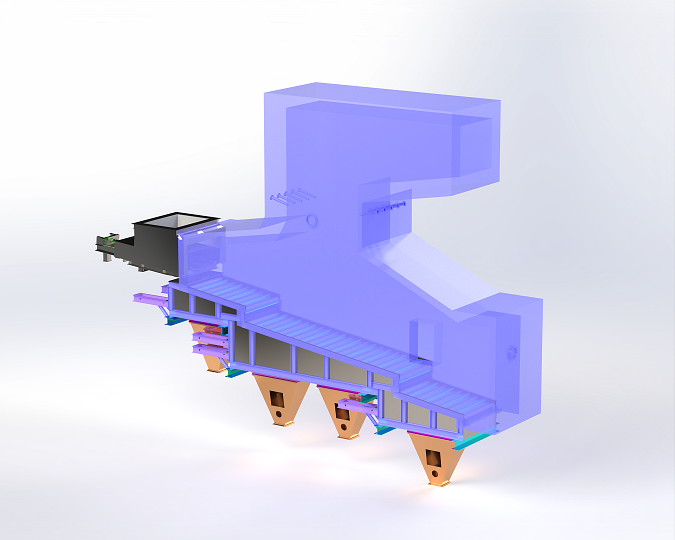The Process of Tenor Waste Incineration
The process of Tenor garbage incineration can be divided into four stages: pretreatment, incineration, flue gas treatment and waste heat recovery.
Pretreatment stage: Before the garbage enters the incinerator, a series of pretreatment is required. This includes steps such as classification, crushing, and mixing to ensure that the garbage can be burned evenly and stably. Classification is to remove incombustible and harmful substances, and crushing is to reduce the particle size of the garbage and improve its combustion efficiency.
Incineration stage: The pretreated garbage is sent to the incinerator and burned at high temperature. The temperature in the incinerator is usually as high as 800-1200 degrees Celsius, which is enough to completely burn the combustible substances in the garbage. In this process, carbon, hydrogen and other elements in the garbage react chemically with oxygen in the air to release a large amount of heat energy.
Flue gas treatment stage: The flue gas generated during the incineration process contains a variety of harmful substances, such as dioxins, heavy metals, etc. Therefore, before the flue gas is discharged, it must be strictly purified. This usually includes steps such as dust removal, desulfurization, and denitrification to ensure that the flue gas meets environmental emission standards.
Waste heat recovery stage: The heat energy generated by waste incineration has a high utilization value. Through equipment such as waste heat boilers, this heat energy can be converted into steam or hot water, which can then be used for power generation or heating. This resource utilization method not only improves energy utilization efficiency, but also reduces production costs.





